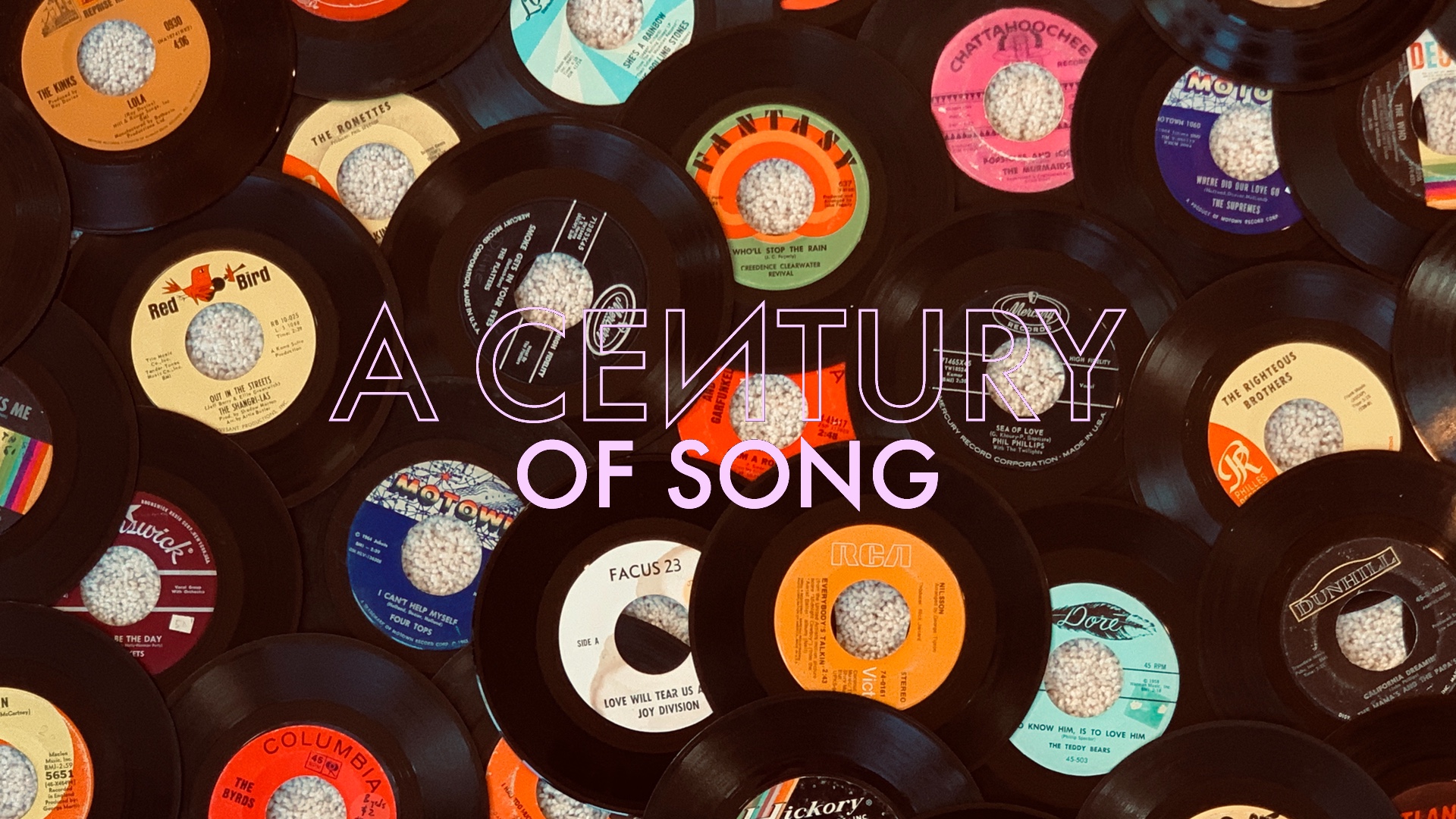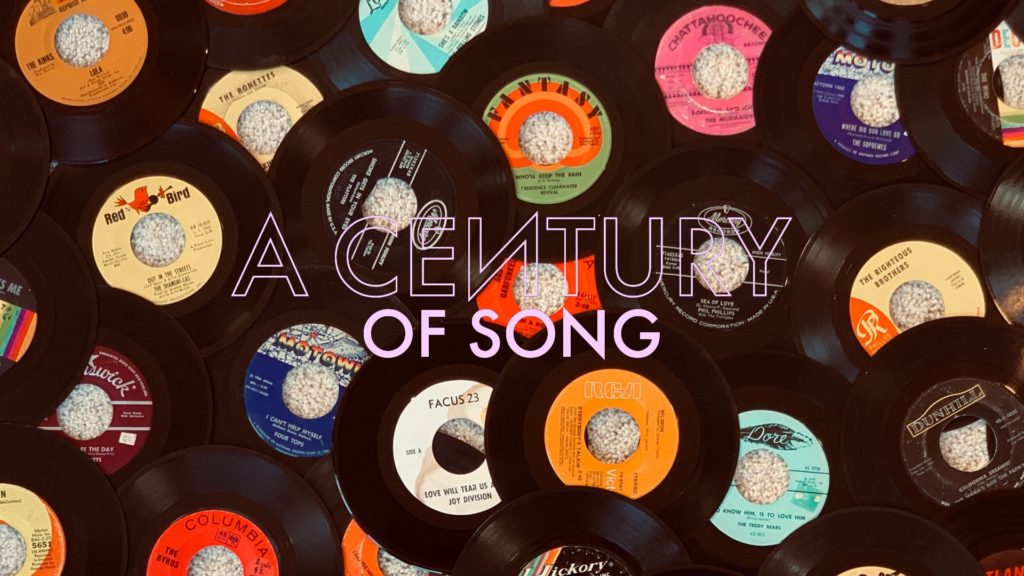
A Century of Song is an attempt to summarize 100 years of popular music through 1000 carefully chosen tracks. Included within this list are landmark singles, stellar album cuts, huge hits, hidden gems, and more than a few personal favorites. Read the introduction for the project here, and enjoy the embedded videos and Spotify playlist.
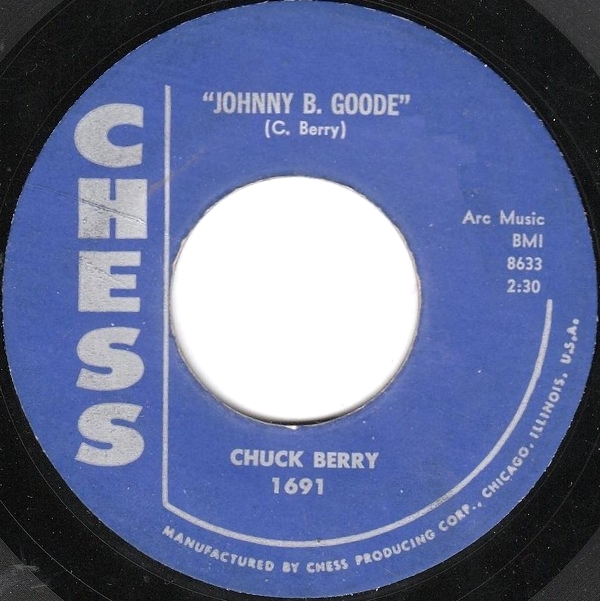
120
Considered by many to be the greatest song from rock and roll’s first wave, “Johnny B. Goode” was Chuck Berry’s semi-autobiographical masterpiece – two-and-a-half minutes of fiery rhythms, sprightly musicianship, and good-old-fashioned American myth making.
By the time of “Johnny B’ Goode”‘s spring 1958 release, Berry had already established himself as one of the most notable practitioners of rock and roll. This added a self-acknowledging element to his story of a humble country boy – originally written as “colored boy” – who would, one day, find his name written in lights.
While Berry had already honed his energetic, blues-based style on previous hits – such as “Maybellene” (#407), “Rock & Roll Music,” and “Sweet Little Sixteen” – “Johnny B. Goode” represented its apex. Berry’s cutting guitar lead – and the clattering, insistent piano work of Lafayette Leake – leant the track its driving momentum, and the song’s memorable story and melody made it a classic.
When judged through the lens of everything that rock music became in the sixties and seventies, it’s tempting to look at the genre’s fifties-era infancy in a reductive light. However, every great rock act that followed can undoubtedly trace its path directly through Chuck Berry, and specifically, “Johnny B. Goode.”
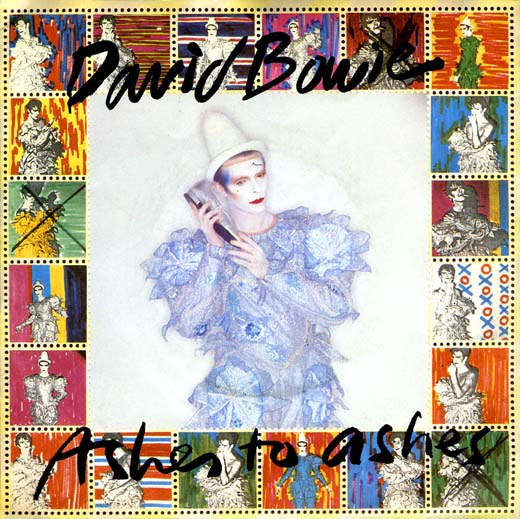
119
One of the most complex and cryptic songs in David Bowie’s discography – with a fascinating music video to match – “Ashes to Ashes” proves that Bowie’s run of brilliance didn’t end as the seventies faded into history. Released as the stunning first single to 1980’s Scary Monsters (and Super Creeps), the track built upon the innovations of Bowie’s landmark Berlin trilogy.
A sobering blast of mutant funk – with ample reference to the burgeoning New Romantic scene – “Ashes to Ashes” is instantly recognizable for its distinctive bass line and tape-manipulated warbling piano sound. As it progresses, the song becomes increasingly dominated by the dueling guitars of Carlos Alomar and Chuck Hammer, and the eerie synth lines that form its engrossing fade out.
Of course, Bowie’s lyrics also go a long way in giving “Ashes to Ashes” its notoriety. Featuring a deliberate callback to his breakout hit – 1969’s “Space Oddity” – the song reprises the Major Tom character; however, this time the hero of yore is discovered to be a junkie, “strung out in heaven’s high, hitting an all-time low.”
There is a winkingly-autobiographical nature to “Ashes to Ashes,” referencing the well-documented detox that partially informed Bowie’s Berlin-era work. “Ashes to Ashes” was a signal that Bowie had survived his own wild ride – one that truly took off with “Space Oddity.” To consider the fact that these two brilliant singles were merely bookends to an incomparable decade of work, is to realize just how damned amazing of an artist he was.
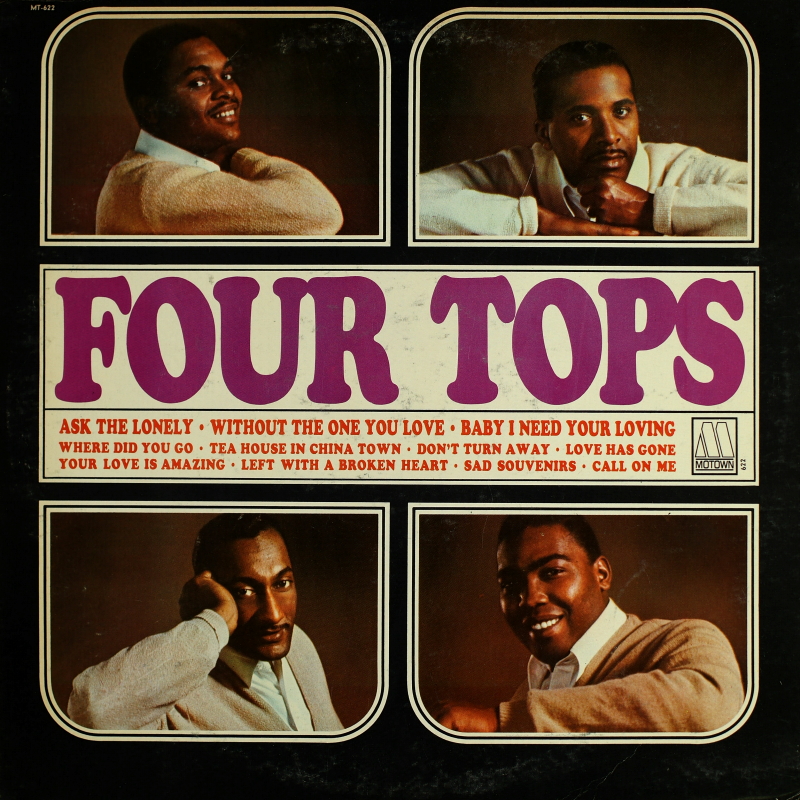
118
Many entries ago, I engaged in a little self-deprecating humor about my over-reliance on the adjective ethereal to describe songs of a particularly atmospheric nature. Lately, I’ve become similarly self-aware of my fondness for using urgent to describe songs that are particularly impassioned. I’m gonna (half-heartedly) impose the same once-per-entry rule on myself moving ahead, and have decided to spend my lone “urgent” to describe Levi Stubbs’ lead vocal work in “Baby I Need Your Loving.”
Released as Four Tops’ debut single for Motown, “Baby I Need Your Loving” took generous advantage of the label’s ace Holland-Dozier-Holland songwriting/production team. In fact, the story suggests that the instrumental track had been ready to go for a while before Brian Holland promised the Tops a number one single with it.
Holland’s prediction didn’t quite come true – the single peaked at number 11 – but it quickly established the Tops as one of the premier vocal groups on Motown’s remarkable roster. Stubbs’ plaintive lead, and the nearly-equally-powerful backing vocals – filled out by the high harmonies of The Andantes – were radio gold.
Even though I am an historian by trade, for better or worse, I’ve always had a proclivity to compartmentalize mid-sixties pop songs by Black artists from the context in which they were recorded – at least when it comes to love songs. This one is an exception. It’s that aching passion of the vocalists, and the power of the melody, that just seem to tap into something so much deeper. Something undeniably urgent.
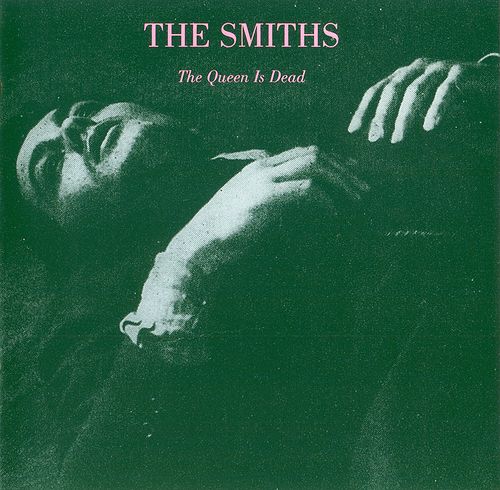
117
There are few artists in the history of popular music who make it easier to despise them than one Steven Patrick Morrissey. Unflinchingly egotistical, militantly opinionated, and disturbingly reactionary, one is also forced to reconcile the fact that – for about five years – Morrissey happened to front the best pop group in Britain.
With The Smiths, Morrissey and guitarist Johnny Marr crafted a sound that perfectly bridged the eras of punk and alternative rock. Like R.E.M. in America, The Smiths honed their combination of sixties pop and post-punk influences into a jangly, literate, and consistently compelling sound. 1986’s The Queen is Dead was their highpoint, and one of the finest albums of the eighties.
The album’s penultimate track, “There Is a Light That Never Goes Out” is the quintessential Smiths song. Romantic, depressed, and with a hefty dose of gallows humor, the track synthesizes everything that made The Smiths such a vital band in their own time, and a critical influence on three decades worth of indie rock to follow in their wake.
Morrissey and Marr each paint with such a master’s touch on “There Is a Light That Never Goes Out,” that you can’t help but understand the constant speculation (and lucrative offers) over the possibility of a Smiths reunion. After all, though the band’s light burned briefly and brightly, perhaps it was one of those that never truly goes out.
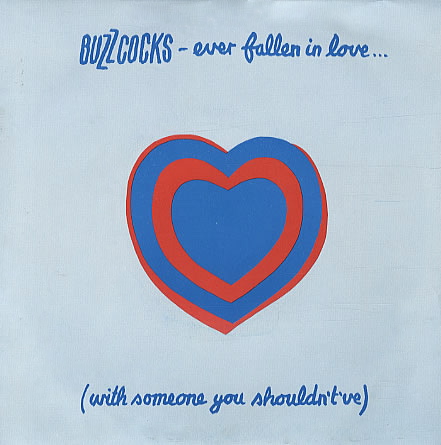
116
Punk was supposed to be anti-authoritarian. It was supposed to be sneering. Or so they said. In reality, even before its rules were firmly established, the best punk bands took on matters of the heart. Joey Ramone wanted to be your boyfriend. Patti Smith knew that the night belonged to lovers (#227). The Undertones were in it for the teenage kicks. Pete Shelley was no different, even if the “rules” said that he was different.
As one of the earliest openly LGBTQ figures on the punk scene, Shelley refused to let his bisexuality define himself or his band, though it undoubtedly informed Buzzcocks’ impeccable pop-punk tracks. Nowhere was this more readily apparent than on the band’s masterpiece, 1978’s “Ever Fallen In Love (With Someone You Shouldn’t’ve?).”
A skittering blast of hooks and ferocity, “Ever Fallen In Love” was the unquestionable standout on Buzzcocks’ sophomore release, 1978’s Love Bites. Matching the compact nature of the group’s singles with the anthemic sounds of their more ambitious work, the song packed a remarkable amount of substance into its sub-three-minute run-time.
Shelley’s sexuality may have leant “Ever Fallen In Love” a decidedly deeper meaning to its creator, but its universality made the song a hit. Landing in the top twenty in a number of countries, it was one of the most successful singles of punk’s first wave. It stands as one of its era’s most timeless classics.
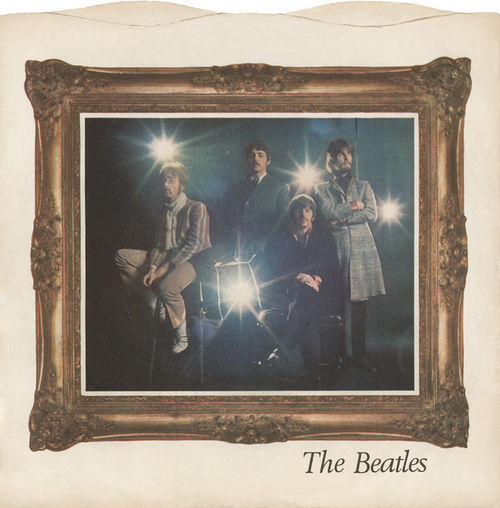
115
Released as a double A-side along with “Strawberry Fields Forever,” “Penny Lane” is one of the most immaculate recordings in The Beatles’ catalog. As one of the first tracks to emerge from the sessions for 1967’s Sgt. Pepper’s Lonely Hearts Club Band, the song found the band reaching a new level of sophistication, in terms of both composition and production.
It’s difficult to imagine Paul McCartney not having taken inspiration from The Beach Boys’ Pet Sounds in his construction of “Penny Lane.” The track’s lush-but-uncluttered production set a new standard for The Beatles – one strikingly similar to that of Brian Wilson’s then-recently-released masterpiece.
Similarly Wilsonian was McCartney’s evocation of an idealized past. Nostalgic, warm, and full of alluring imagery, “Penny Lane” found a perfect middle ground between psychedelia’s dueling impulses of surrealism and childlike wonder. While a product of its own unique moment in pop culture history, its classicist influences and modernist production flourishes helped to give “Penny Lane” an immediately timeless quality.
Of course, nearly everything that The Beatles touched during this time quickly turned to gold. Another smash hit for the group, “Penny Lane” reached the top of the charts in several countries, despite stalling at #2 in the United Kingdom – notoriously kept from the top spot by Engelbert Humperdinck’s “Release Me.”
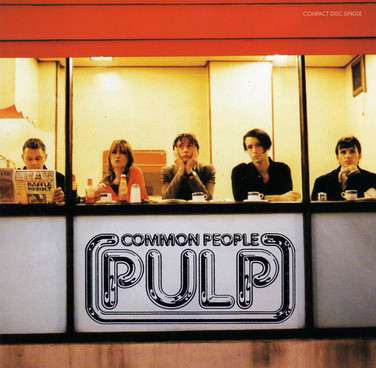
114
The old joke about the Britpop-era question of “Oasis or Blur?” was that cool people answered, “Pulp.” While Pulp may have been a distant runner-up at home – and a virtual non-entity in the States – it’s hard to argue that any other Britpop group even came close to matching the band’s towering achievement, “Common People.”
The centerpiece of 1995’s UK chart-topping Different Class, “Common People” was musically hooky, sharp, and decidedly modernistic in its merging of classic rock instrumentation with dance rhythms. Frontman Jarvis Cocker delivers a stirring performance as the music surges to new heights with each successive verse.
While those performance-based elements were all noteworthy, it was the song’s subject matter that really made “Common People” stand out. A scathing critique of “class tourism,” the song sets its target on the trend of equating poverty with chiq fashion at the height of the ironic nineties. Cocker’s lyrics are an acerbic rebuke of those who glamorized “slumming” among the lower classes.
The slick production of “Common People” only helped to underscore the track’s takedown of contemporary fashion. Clearly, it resonated across a large swath of the British record-buying public, hitting number two in the charts, becoming Pulp’s signature song, and standing as the definitive anthem of the Britpop era.
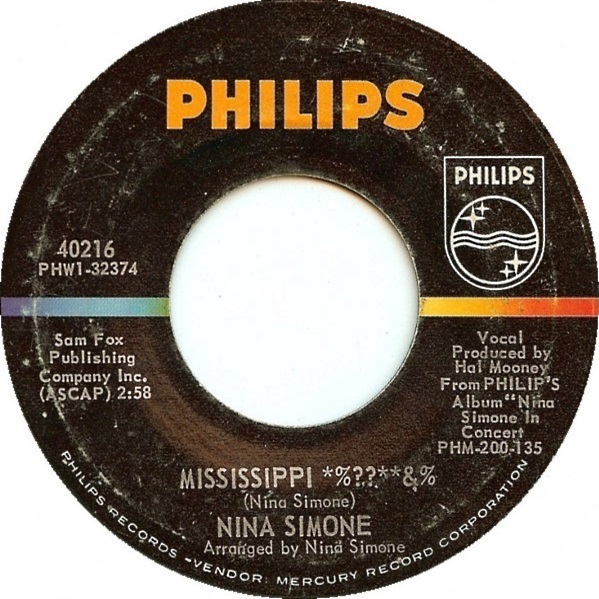
113
While one of the towering musical figures of the Civil Rights era, Nina Simone wrote a frustratingly small amount of original material. However, when Simone had the opportunity to put pen to paper, she made it count. Reportedly written in less than an hour, “Mississippi Goddam” would promptly become one of the defining protest songs of its time.
Simone never gave “Mississippi Goddam” a proper studio recording, but it was the standout track to her fantastic 1964 live album, Nina Simone in Concert. One of her first forays into composition, it found her delicately balancing a jaunty rhythm – described on In Concert as a “show tune” – with biting social commentary.
Mississippi was a worthy subject of scorn when Simone penned the track in 1964. Within the previous year, it had been the site of the murder of civil rights activist Medgar Evers, and just months after the song’s first performance, the state would witness horrific violence in the wake of the Freedom Summer campaign to register Black voters. Simone’s song would tap into the sense of hopeless fatigue that many Black Mississippians felt, despite recently passed legislation on civil rights.
“Mississippi Goddam” was a daring song, particularly for a Black female artist. Both the track’s biting nature and its musical quality displayed a gifted performer who was fighting to make her voice heard. “Mississippi Goddam” rightfully got that voice noticed.
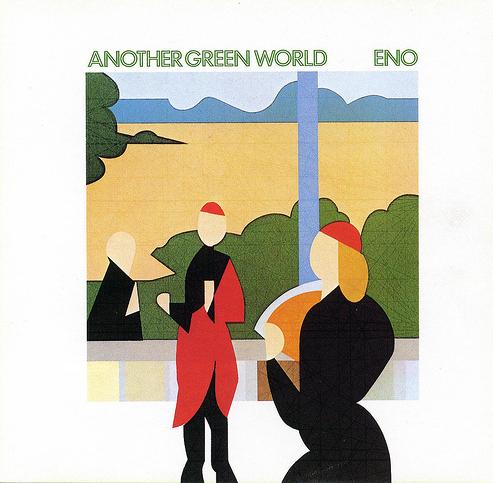
112
In early 1975, Brian Eno was struck by a car while crossing a London street. During his extended convalescence, Eno frequently listened to minimalist classical music at a low volume through a set of faulty speakers. It was during this time that he first began to consider the possibilities of what he would soon describe as “ambient” music.
While Eno’s first wholly ambient album arrived with that year’s Discreet Music, his preceding record – released just two months before – was written and recorded at the same time, and in a similar mindset. Merging ambience with the pop instincts that he had displayed on 1974’s Here Come the Warm Jets and Taking Tiger Mountain (By Strategy), Another Green World stands as Eno’s masterpiece.
The album’s highlight is the glorious “St. Elmo’s Fire” – three minutes of perfectly-realized atmospheric pop music. A deft mix of acoustic and electronic instrumentation, the song was the musical realization of the boundless possibilities suggested by Another Green World‘s title. Its most striking instrumental element was Robert Fripp’s otherworldly guitar solo – the product of Eno’s request for a musical approximation of the sparks created by a Wimshurst high voltage generator.
With the lone exception of 1977’s Before and After Science – not to mention his high-profile production work for the likes of David Bowie, Talking Heads, and U2 – Eno would largely leave the pop world behind after Another Green World, focusing instead on his ambient work. “St. Elmo’s Fire” – and the rest of its parent album – proved his mastery of merging the experimental with the accessible.
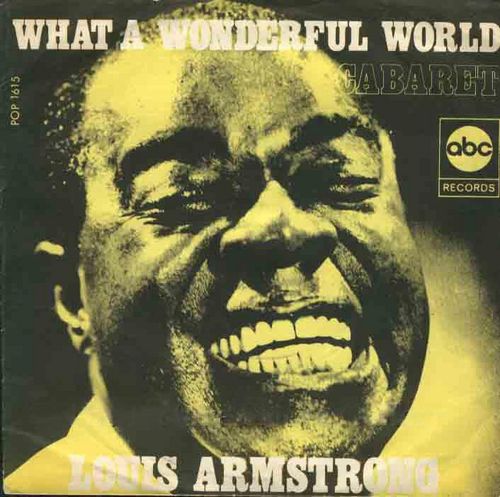
111
Born in New Orleans at the dawn of the 20th century, Louis Armstrong would live one of the most improbable lives in American history. Growing up impoverished, without a father, and spending much of his youth on the rough streets of a neighborhood known as “The Battlefield,” young Louis would be an eyewitness to the birth of jazz music. Before the age of ten, Armstrong received a cash advance from the family of Lithuanian Jews that had taken him in as their own. He used the money to buy a cornet.
It was during a subsequent stint in juvenile detention that Armstrong received his first formal lessons on the instrument. A quick study, with a powerful grasp of melody, he would leverage his remarkable talents as a ticket out of poverty: first as a steamboat performer, then as a sideman to King Oliver’s Chicago-based band, and finally to stardom in New York City.
Over a career that spanned decades, Armstrong seemed to do it all. He traveled the world as an American cultural ambassador, despite facing discrimination at home. He fell out of favor with Black contemporaries for catering to a white audience, but was a frequently-outspoken critic of America’s stagnant progress on racial justice. Throughout it all, Armstrong beamed a radiant positivity and charisma that endeared him to even his harshest critics.
That positivity is reflected throughout Armstrong’s enormously rewarding body of work, and perhaps nowhere more so than on the last hit single before his 1971 death. “What a Wonderful World” is the sound of a man who had lived the impossible, and seen everything. Fittingly, throughout the uncountable highs and lows, he couldn’t help but marvel at the wonder of it all.

